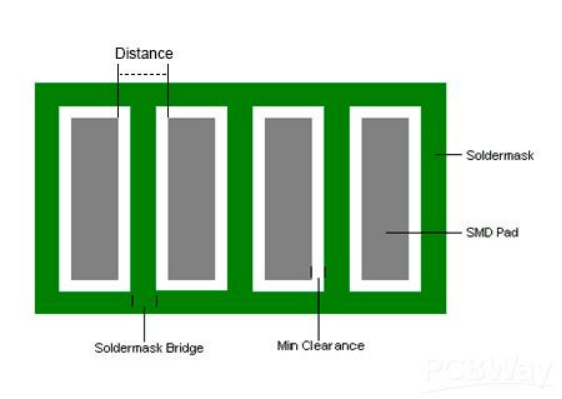

Solder mask plugging involves filling the through-holes with green ink, typically up to two-thirds full, which is better for light-blocking. Generally, if the through-hole is larger, the size of the ink plugging will vary depending on the manufacturing capabilities of the board factory. Holes of 16mil or less can generally be plugged, but larger holes need to consider whether the board factory can plug them.
In the current PCB process, apart from component pin holes, mechanical holes, heat dissipation holes, and test holes, other through-holes (Vias) should be plugged with solder resist ink, especially as HDI (High-Density Interconnect) technology becomes more dense. VIP (Via In Pad) and VBP (Via On Board Plane) holes are becoming more common in packaging PCB boards, and most require through-hole plugging with solder mask. What are the benefits of using solder mask to plug holes?
1. Plugging holes can prevent potential short circuits caused by closely spaced components (such as BGA). This is the reason why holes under BGA need to be plugged during the design process. Without plugging, there have been cases of short circuits.
2. Plugging holes can prevent solder from running through the via holes and causing short circuits on the component side during wave soldering; this is also the reason why there are no through-holes or through-holes are treated with plugging within the wave soldering design area (generally the soldering side is 5mm or more).
3. To avoid rosin flux residue remaining inside the through-holes.
4. After surface mounting and component assembly on the PCB, the PCB needs to form a negative pressure on the testing machine by suction to complete the process.
5. To prevent surface solder paste from flowing into the holes, causing cold soldering, which affects mounting; this is most evident on thermal pads with through-holes.
6. To prevent tin beads from popping out during wave soldering, causing short circuits.
7.Plugging holes can be of certain help to the SMT (Surface-Mount Technology) mounting process.